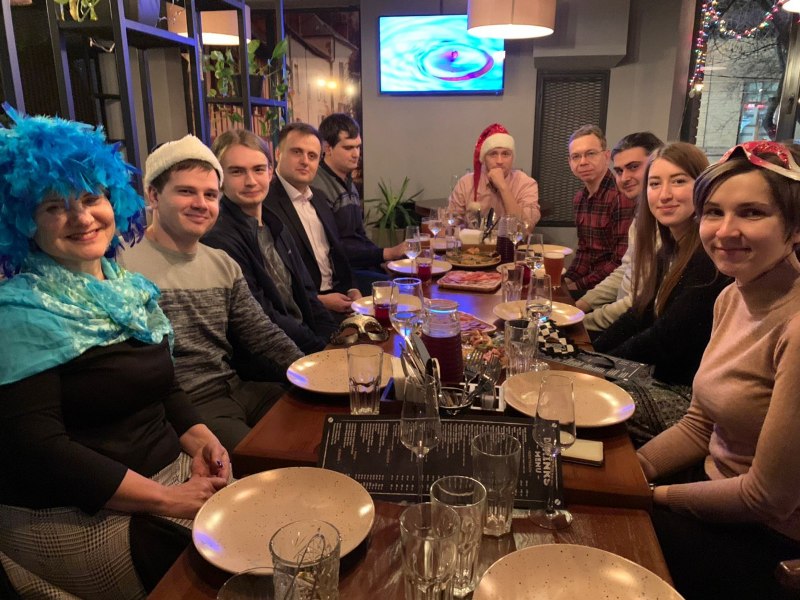As we’re stepping into a new decade, Qlik releases their Statement of Direction which provides an exciting overview of Qlik’s product direction and forthcoming offers. We encapsulated this fascinating read into 15 sentences that should hype you up for using the Qlik Analytics Platform in 2020 and beyond.
Qlik Sense
- New capabilities for customers to add business logic to the Qlik Cognitive Engine, and new sources for machine learning – including governed libraries, the analytics ecosystem and external, domain specific sources.
- New types of augmented analysis which include key driver analysis, statistical, predictive and prescriptive insights as well a new extension for multi-attribute (cohort) analysis.
- Improvements for advanced analytics integration performance, augmented data stories and content recommendations.
- New visualization, analytics and authoring capabilities that include moving averages, difference functions, time-based forecasting, trend indicators in tables and sparklines.
- Introduction of grid and bullet charts.
- Dynamic views, a new capability enabling in-memory database views for products such as Snowflake, SAP HANA and more.
- Check out / check in functionality for app objects supporting team-based development.
- New self-service reporting that will support authoring, scheduling and personalized distribution.
- A new user experience for insight management that will allow people to capture, organize, share and take action on the most relevant insights – including charts, AI-generated insights, snapshots, reports, stories and more.
- Annotations and discussion threads, content following and social BI in a multi-cloud hub, an insight library with tasks, goals and approvals, and workflow automation through the platform.
Qlik Sense Mobile
- Automatic downloads of updated offline apps and support for offline mashups.
Qlik Insight Bot
- Integration with the Qlik Cognitive Engine, allowing for enhanced natural language capabilities surfaced in visual and conversational user experiences.
Qlik NPrinting
- Integration of report distribution capabilities directly into Qlik Sense.
QlikView
- Common scheduling with Qlik Sense
Qlik Connectors
- Configurable REST connectivity with Azure Data Lake, updates to Essbase connectivity, integrated connectivity to new data sources such as Amazon Athena, and expanded support for SAP HANA.
If you’d like to read Qlik’s Statement of Direction 2020, you can find it here.
Summary
The Statement of Direction 2020 suggests that from now on Qlik will be focusing on integration. They’ve acquired many great additions such as RoxAI and their Ping solution to build up a multidimensional platform, but unfortunately it lacks integration. That’s why it’s so amazing to see Qlik working on this issue while also advancing the field of analytics and expanding their platform with new additions that soon will combine into a powerful unit.




